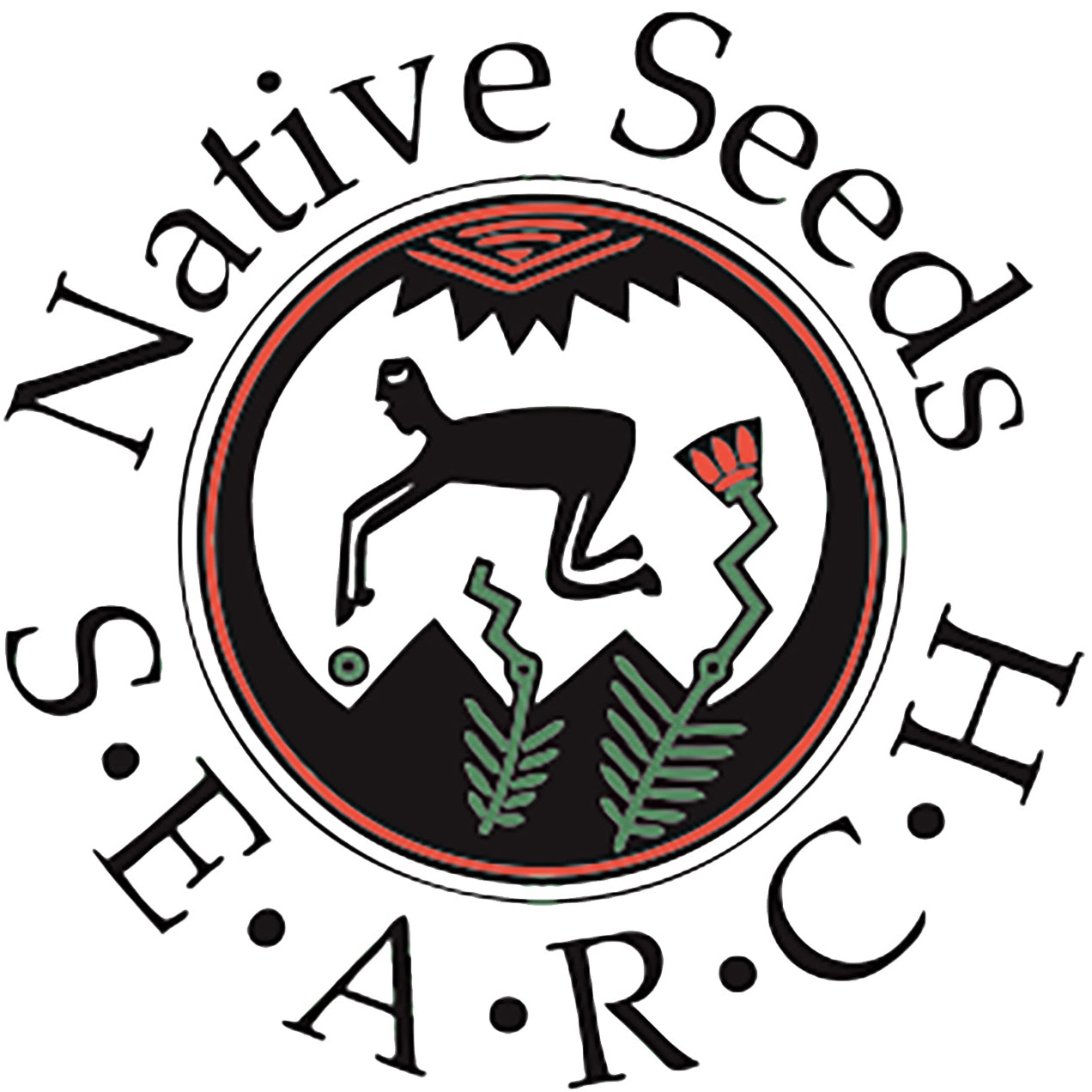
BOTANICAL NAME:
Salvia tiliaefolia
COLLECTION SITE:
Cerocahui, Chihuahua, Mexico.
COLLECTION DATE:
1983
HISTORICAL ORIGINS:
Chia is native to Mesoamerica and various species have been cultivated since at least 3,400 BC. Wild varieties were gathered centuries before. The best-known species, Salvia hispanica, is thought to have first been used as a food in 3,500 BC and was grown in the Valley of Mexico between 2,600-2,000 BC. Chia was a very important crop to the Aztecs and was widely used by their civilization. Salvia tiliaefolia is wild-harvested by the Tarahumara.
CULINARY USES:
During the time of the Aztecs, roasted chia seed was mixed with amaranth seed, corn flour and maguey syrup to form dough called tzoalli in the Nahuatl language that was eaten routinely and ceremonially, and is still consumed. Chia seeds were also roasted and ground into flour, and used as the basis of a beverage known as chianatolli. Chia seeds are consumed today by the Tarahumara in a drink known as chia fresca, which is composed of the roasted, ground seeds and water. When chia seeds become wet the fiber of the seed creates a high-viscosity mucilage. This slimy texture is unappealing to some but this allows the seeds to swell and created a feeling of fullness and controls hunger.
NUTRITIONAL BENEFITS:
The word ‘chia’ means ‘strength’ in the Mayan language and has long been consumed as an energy giving food. Appropriately, this little seed contains high amounts of Omega 3 fatty acids as well as iron, calcium and anti-oxidants. The fiber energy from chia seeds is slowly released into the body, since a reaction occurs between chia seeds and liquid in the stomach, which slows the process by which digestive enzymes break down the carbohydrates and convert them to sugar. The Tarahumara attribute their epic marathon running abilities to the consumption of chia.
MEDICINAL USES:
The Codex Florentino, written in 1548-1579, describes the medicinal use of chia by the Aztecs. It says that ground chia root was used to cure a dry cough or coughing of blood. Chia oil, pressed from the seeds, was used to remove foreign bodies from the eye. Chia seed gruel was also used as a base for herbal infusions. Today, the Tarahumara gather 294 plant species for medicinal use, chia being one of them.
CRAFT USES:
Chia seed oil was used by the Aztecs to improve the drying quality of paints and varnishes, and is still used to this day by craftspeople from the Chiapas, Guerro, Michoacan and Mexico City areas, to protect their creations from the elements.
SOCIO-CULTURAL IMPORTANCE:
Chia was very important to the Aztecs, both ceremonially and economically. Chia was believed to have been given to the Aztecs by the goddess Chicome coatl, the creator of life, and was offered at her pyramid with corn, beans and amaranth. Chia seed oil was also commonly used as the base for ceremonial body paint. Every year, as documented by the Codex Mendoza, written between 1541-1542, the Aztec empire, especially the city of Tenochtitlan, received thousands of tons of tribute from surrounding peoples, in the form of chia, corn, beans and amaranth.
Running is of great importance in Tarahumara society. The word Tarahumara use to refer to themselves I Rarámuri, which means ‘runners on foot’ or ‘those who run fast’. Traditionally living in dispersed areas of the Sierra Madres of Mexico, running developed as a part of everyday life for the Tarahumara, for the purposes of communication, transportation and hunting. The Tarahumara also run ritualistically, during ‘foot throwing’ or rarajipari ceremonies. Chia is an important source of energy for Tarahumara runners.
CULTIVATION TECHNIQUES:
The Tarahumara gather chia from the wild, while the Aztecs made use of an agricultural technique known as chinampas, which involved the construction of islands, known as ‘hanging gardens’, in Lake Texcoco, Mexico. The hanging gardens consisted of mats woven from tree bark, which were covered with soil and held in place by willow roots. These gardens were home to corn, beans, amaranth and chia.
Chia produces tiny flowers which will release the tiny seeds when dry. It can be difficult to harvest the seeds. It helps to beat the drying plants onto a tarp or into a bucket. If the seeds are ready they will be released. Do this over several days as the seeds mature.
REFERENCES:
Amoni-Janssons, Marissa (2005). Chia. Seedhead News: 91.
Ayerza, Ricardo and Wayne Coates (2005). Chia: Rediscovering a Forgotten Crop of the Aztecs. Tucson, AZ: The University of Arizona Press.
McDougall, Christopher (2011) Born to Run: A Hidden Tribe, Superathletes, and the Greatest Race the World Has Never Seen. New York, NY: Vintage Press.
